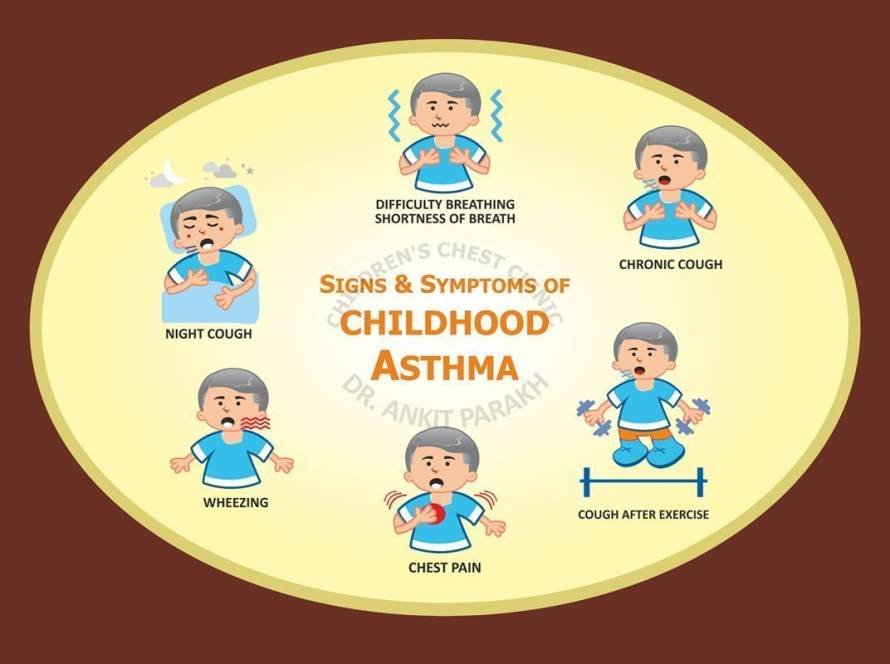Severe allergy reactions (also called anaphylaxis) can occur with allergy to food, drugs, insect bites and latex. Anaphylaxis is rapid in onset and has a potential to cause death of a child. The treatment of choice is to give immediate intramuscular epinephrine which can be life saving. As severe allergy reactions or anaphylaxis is unpredictable epinephrine should be kept available at all times and all caregivers must learn how to administer it. All children with known allergies should have an allergy action plan.
Why is epinephrine the medicine of choice for treatment of anaphylaxis?
Epinephrine is the medicine of choice for treatment for anaphylaxis in children and adults. It should be administered immediately as anaphylaxis is recognised. Epinephrine produces multiple effects by binding to different receptors in our body. Epinephrine helps to increase the blood pressure by tightening the blood vessels. Epinephrine also relaxes the muscles of the airways (which have got tightened or constricted) which makes breathing easier. Epinephrine also suppresses further chemical release of histamine that is responsible for allergic reactions and halts the progression of anaphylaxis.
When do you give epinephrine?
Epinephrine should be used immediately if the child experiences rashes or urticaria and any additional severe symptoms like shortness of breath, trouble breathing/swallowing, wheezing, stridor, weak pulse, fainting episode or losing consciousness, crampy abdominal pain or vomiting.

How is epinephrine administered in anaphylaxis?
Epinephrine is injected into the muscle of the child’s outer thigh. Epinephrine should not be injected into a vein, or muscle of the buttocks or arm. As anaphylaxis is an emergency the epinephrine injection can be done through the clothing. It is recommended to administer epinephrine with an epinephrine auto-injector. Since epinephrine auto injectors are very expensive and not easily available in India we advise our patients to keep 2 preloaded syringes of epinephrine at all times.
When should epinephrine be repeated?
A second dose of epinephrine should be given if the initial symptoms of anaphylaxis do not improve within 10 minutes of the injection of epinephrine.
What should be done after epinephrine is injected?
Epinephrine is an emergency treatment and should be given by the caregivers, friends who are accompanying or teachers in school. It would stop the progression of anaphylaxis and help revert the symptoms as well. But, it does not replace professional medical treatment. Hence anyone who is experiencing symptoms of a severe allergy reaction or anaphylaxis should go to the hospital emergency immediately after epinephrine injection.






